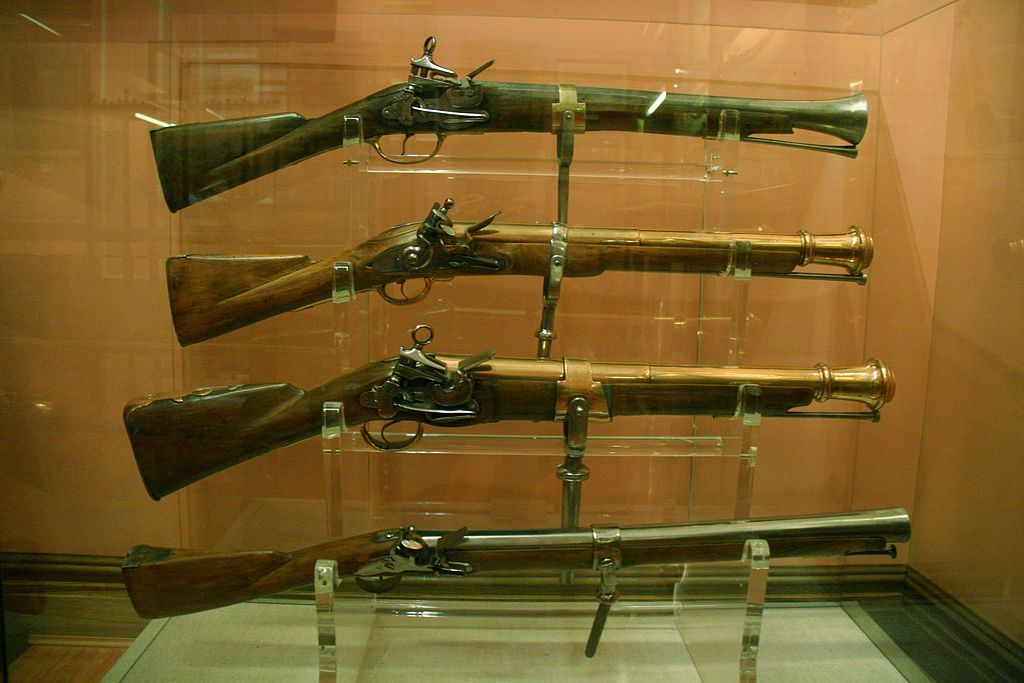What is a Trabuco?
The blunderbuss is a historical firearm, particularly known for its muzzle-loading design. With its short barrel and a characteristic flared mouth, the blunderbuss is a predecessor of the modern shotgun, adapted for both military and defensive services. Its emergence dates back to the 17th and 18th centuries, periods during which it consolidated itself as an effective weapon in various combat situations.
Origins and Characteristics of the Blunderbuss
The blunderbuss appeared in the 17th century, gaining popularity throughout Europe in the 18th century. The term "blunderbuss" comes from the Dutch word "donderbus", which means "thunder pipe." This weapon is characterized by a barrel that typically measures less than 60 cm and has a flared mouth. This unique structure facilitates the introduction of multiple projectiles, making it effective in close combat.
Design and Functioning
The use of the blunderbuss involved a meticulous process of loading through the barrel's mouth. This procedure began with the introduction of black powder and wadding, followed by the ammunition, often shot pellets. All the contents of the barrel were compacted using a ramrod. Subsequently, fine powder was added to the touch hole of the weapon, connecting with the main charge via the blunderbuss's touch hole, allowing it to fire when the mechanism was activated.

Tamorlan, CC BY 3.0, via Wikimedia Commons
Historical Use of the Blunderbuss
This weapon was widely used in hand-to-hand combat and during naval boarding actions. Its effectiveness lay in its ability to launch multiple projectiles, making it deadly at close range. Soldiers, sailors, and privateers frequently used it in warfare due to its broad dispersion capability, which was practical in situations where they faced multiple adversaries.
Importance in Medieval Warfare
In a medieval context, the blunderbuss offered clear advantages on the battlefield. The ability to hit several opponents at close range made it a valuable resource for both infantry and naval forces. Its utility was evident in confrontations against armored troops or in direct engagement with large groups of enemies.
Limitations of the Blunderbuss
Despite its advantages in certain combat situations, the blunderbuss presented some limitations. Its design with a short barrel hampered accuracy at long distances, and although its wide dispersion was effective for hitting multiple targets, it was less efficient against adversaries with heavy armor.





























